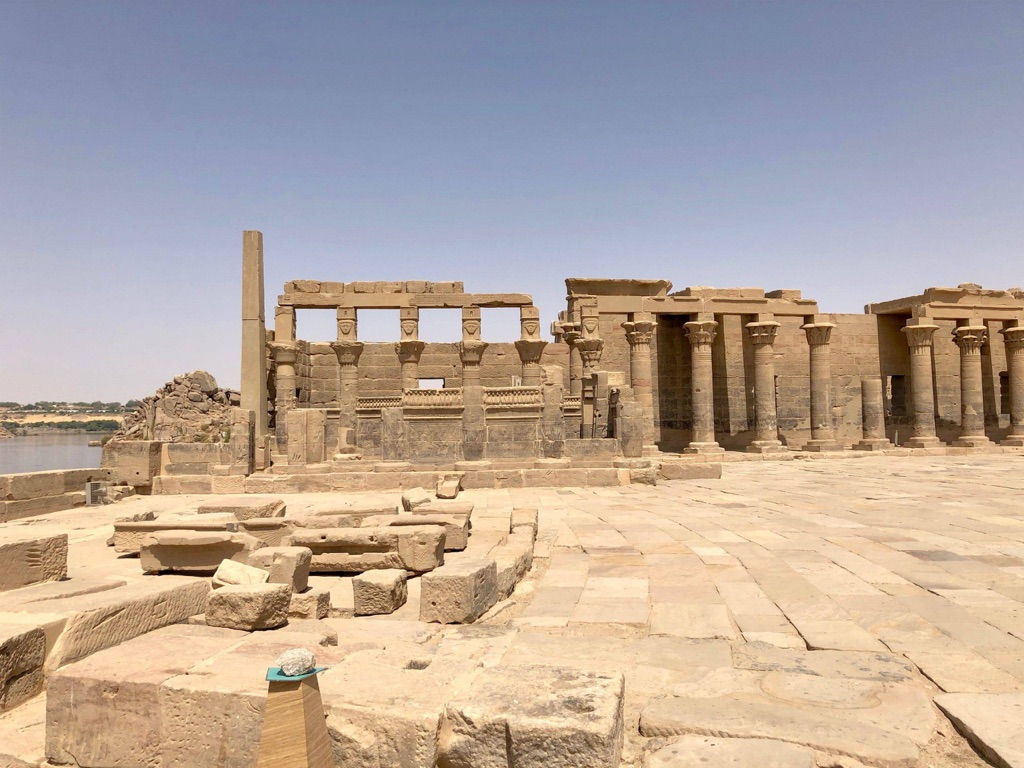The Kiosk of Nectanebo I is a fascinating artifact from the era of ancient Egypt. Located on the island of Philae, this monument was constructed during the reign of Nectanebo I, a pharaoh of the 30th dynasty. The Kiosk, often referred to as a “Pharaoh’s Bed,” is an open pavilion featuring 14 columns adorned with intricate carvings. Despite its age, the Kiosk remains a remarkable testament to the architectural prowess of ancient Egypt, and it continues to captivate historians and tourists alike.
Get your dose of History via Email
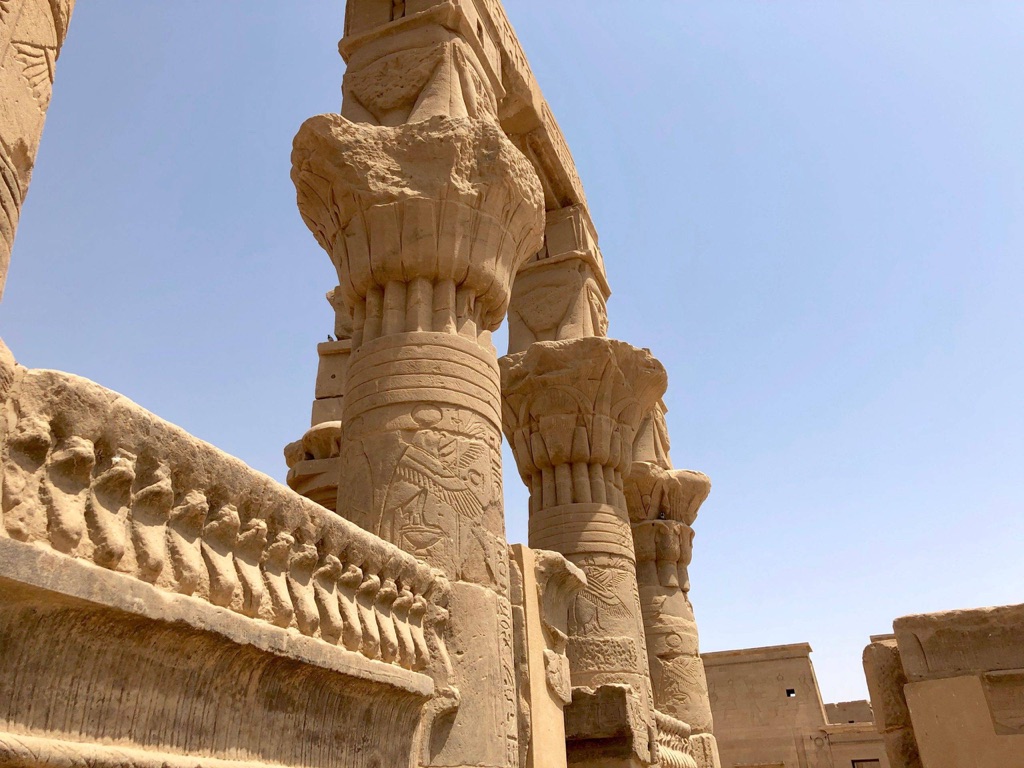
Historical Background of The Kiosk of Nectanebo I, Philae
The Kiosk of Nectanebo I has a rich history that dates back to the late 4th century BC. It was a time when Egypt was under the rule of Nectanebo I, a pharaoh known for his significant contributions to architecture. The Kiosk was part of his grand vision to transform Philae into a religious and cultural hub.
Over the centuries, the Kiosk has weathered the sands of time. Despite numerous invasions and natural disasters, it has managed to retain its original charm. This resilience is a testament to the superior construction techniques of the ancient Egyptians.
Historians believe that the Kiosk served as a ceremonial gateway to the island. It was likely used during religious processions, with the pharaoh and his entourage passing through its majestic columns. This theory is supported by the reliefs on the columns, which depict scenes of religious rituals.
During the Roman period, the Kiosk was incorporated into a larger temple complex dedicated to the goddess Isis. This integration highlights the adaptability of Egyptian architecture and the respect other cultures had for it.
Today, the Kiosk stands as a silent witness to the past, offering us a glimpse into the grandeur of ancient Egypt. It is a popular tourist attraction, drawing visitors from around the world who are eager to explore its historical and architectural significance.
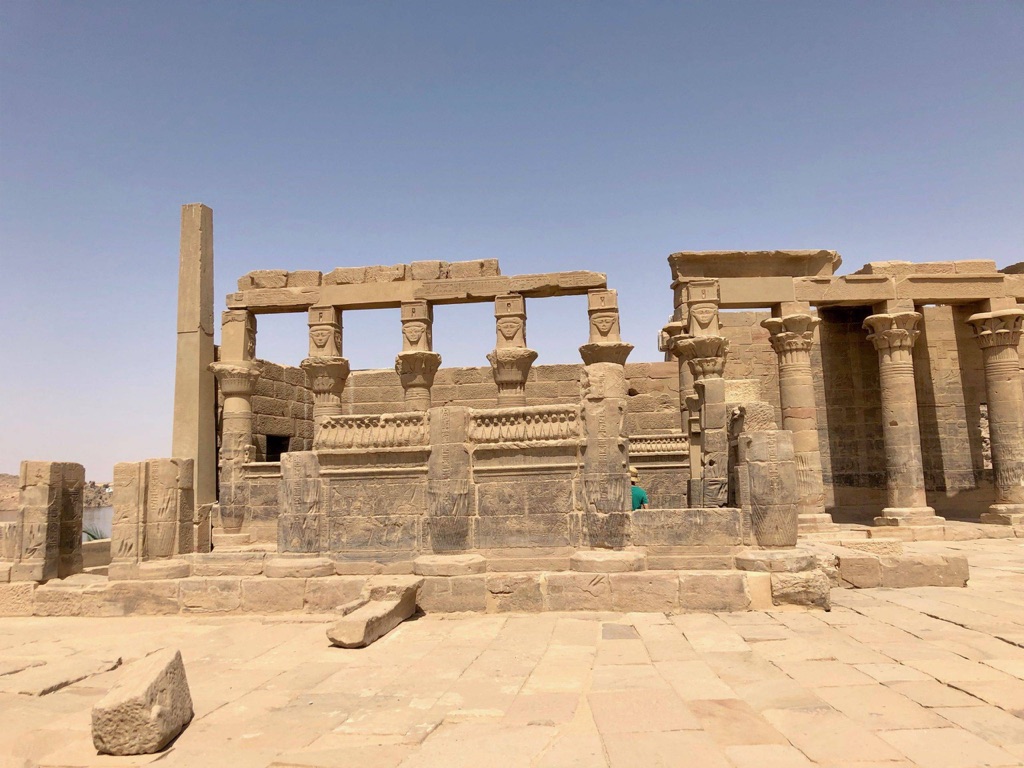
Architectural Highlights/About the Artifact
The Kiosk of Nectanebo I is a masterpiece of ancient Egyptian architecture. It features 14 columns, each standing at a height of approximately 15 feet. These columns are adorned with intricate carvings depicting various deities and pharaohs, offering a visual narrative of the religious beliefs and royal lineage of the time.
The columns are arranged in a rectangular plan, creating an open-air pavilion. This design was typical of kiosks in ancient Egypt, which were often used for ceremonial purposes. The open layout allowed for processions to pass through, while the roof provided shade from the harsh Egyptian sun.
One of the most striking features of the Kiosk is the screen walls between the columns. These walls are decorated with bas-reliefs depicting scenes of religious rituals and offerings to the gods. The detailed carvings offer valuable insights into the religious practices of the time.
The Kiosk’s architectural style reflects the aesthetic sensibilities of the Late Period of ancient Egypt. The use of papyrus bundle columns, the intricate carvings, and the emphasis on symmetry are all characteristic of this era.
Despite the passage of time and exposure to the elements, the Kiosk has retained much of its original beauty. The carvings remain remarkably detailed, and the overall structure is in good condition. This preservation is a testament to the durability of ancient Egyptian construction techniques.
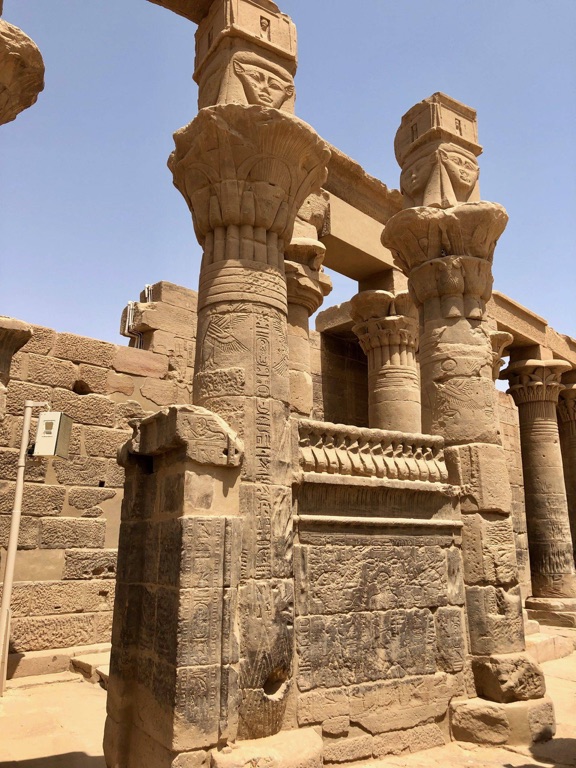
Theories and Interpretations
Over the years, the Kiosk of Nectanebo I has been the subject of various theories and interpretations. One of the most prevalent theories is that the Kiosk served as a ceremonial gateway to the island of Philae. This theory is supported by the architectural design of the Kiosk, which allows for processions to pass through.
Another theory suggests that the Kiosk was used as a stage for religious rituals. The detailed carvings on the columns and screen walls depict scenes of offerings to the gods, suggesting that these rituals may have taken place within the Kiosk.
Some historians believe that the Kiosk was part of a larger temple complex dedicated to the goddess Isis. This theory is based on the Roman additions to the Kiosk and the presence of a nearby temple dedicated to Isis.
Despite these theories, the exact purpose of the Kiosk remains a mystery. Its significance may have changed over time, reflecting the evolving religious and political landscape of ancient Egypt.
Regardless of its original purpose, the Kiosk continues to captivate historians and tourists alike. Its architectural beauty and historical significance make it a valuable artifact of ancient Egypt.
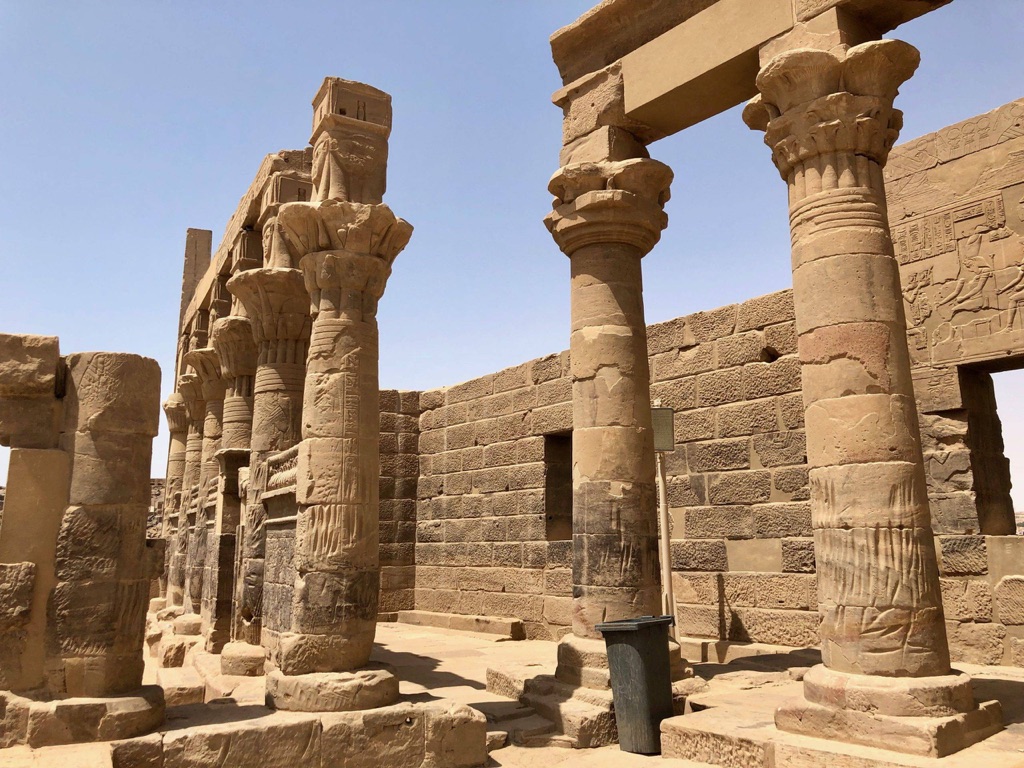
Good to know/Additional Information
Visiting the Kiosk of Nectanebo I is a unique experience. It’s located on the island of Philae, which is accessible by boat. The island is also home to other ancient Egyptian monuments, making it a must-visit destination for history enthusiasts.
The Kiosk is best visited in the early morning or late afternoon when the sun casts a golden glow on the columns. This lighting enhances the beauty of the carvings and offers excellent photo opportunities.
While exploring the Kiosk, take the time to examine the carvings on the columns and screen walls. These carvings offer valuable insights into the religious beliefs and practices of ancient Egypt.
Remember to respect the monument during your visit. Avoid touching the carvings, as this can cause damage. It’s also important to follow any guidelines provided by the local authorities to ensure the preservation of this historical treasure.
Lastly, consider hiring a local guide during your visit. A guide can provide valuable insights into the history and architecture of the Kiosk, enhancing your understanding and appreciation of this ancient monument.
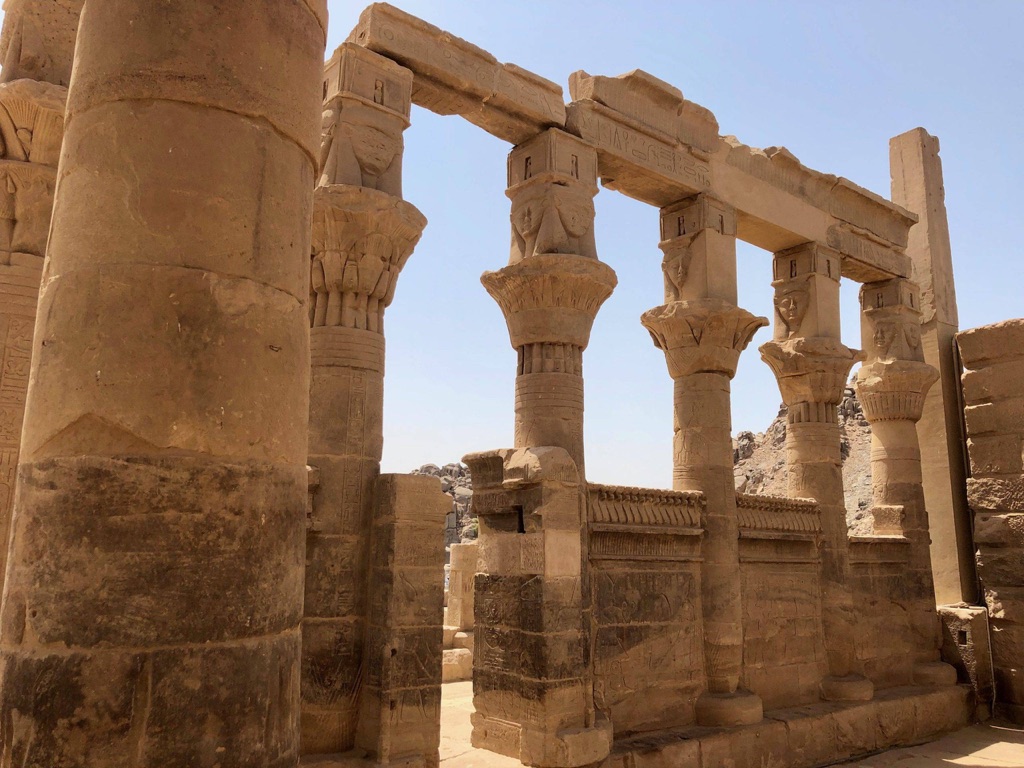
Conclusion and Sources
The Kiosk of Nectanebo I is a remarkable artifact of ancient Egypt. Its architectural beauty and historical significance make it a must-visit destination for anyone interested in history and architecture. While its exact purpose remains a mystery, the Kiosk continues to captivate us with its timeless charm and grandeur.
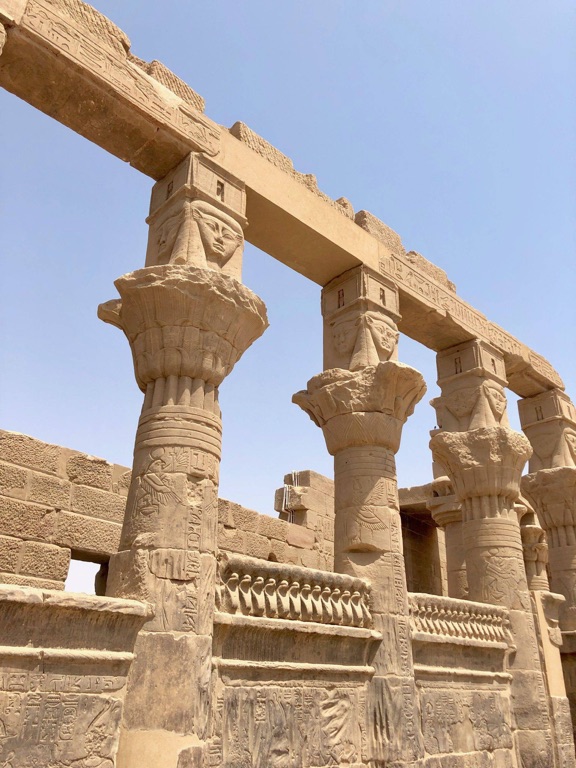
For further reading and to learn more about the Kiosk of Nectanebo I, you can refer to the following sources:

